palani mohan
hunting with eagles*
«Or is it at your order that an eagle flies upward
And builds its nest high up,
Spending the night on a cliff,
Dwelling in its stronghold on a rocky crag?
From there it searches for food;
Its eyes look far into the distance.
Its young sip up blood;
And wherever the slain are, there it is»**
Despite having a very different reason for being in its original context, the biblical quotation seems to perfectly outline the identity of the eagle as it is perceived by a man. Despite the stretching of the meaning, if only to be inserted in a page like this, Job’s text describes the wild essence and huntress of this great bird, which can live in environmental conditions that seem to deny the very possibility of life itself, at least for human beings. Yet these extraordinary birds of prey can transform their habits, to adapt to those of the social group, coming to share spaces and customs in an unthinkable relationship for Western culture, but not for those few burkitshi (hunters) Kazakhs living near the Altai Mountains, on the border with western Mongolia. It is estimated that there are now no more than sixty who remain to carry on a tradition as old as that of hunting with eagles. And many of them are certainly not young a thing which combined with extreme climatic conditions, where temperatures can also hit -40 ° C, it is easy to foresee the disappearance of this hunting practice before long and, with it, the union man-eagle which in this part of the world assumes decidedly peculiar aspects. For a burkitshi the predator is neither such nor a mere living instrument that is used to procure food and skins. The eagle taken from its nest when it is still very small is brought into the house and brought up in all respects like a family member. And as such it is referred.
But how can we place ourselves when confronted with a reality so far away from what we are accustomed to consider? The difficulties to overcome are not few. First, you need an approach that is able to internally merge the quality of the photojournalist with an in-depth knowledge, as much as that of ethno sociologist. What the image should be able to transmit, in fact, it is not so much an occurrence of an aesthetic nature, however essential, as much as a social network in which unusual variables insist. The ability of the real restitution in such cases, appears however in conflict with the anthropomorphize trend that harnesses the western imagination since childhood, drenched by a fairy-tale tradition overflowing in iconic representations that want the animals as the bearer of purely human needs.
This is certainly not a simple task in the moment in which this attitude is supported precisely in the declarations of burkitshi, when they claim that their eagles like to be carried in their arms just like children. If the iconic centrepiece is represented by birds of prey (domesticated, yes, but never forgetful of their peculiarities as a hunter), it is on the primary social nucleus that this photographic research focuses. Thus the articulated structures of how a human relates to and the manner in which non-human actors integrate in his daily routine are brought to light. But the job stratification does not limit itself however to tackle the relational system of the individual within the household, but operates an extension of the speech also to the relationship with the territory, in both literal and metaphorical terms, where the anthropological fibre insists. The eagle itself after all, with its genetic traits, appears as an emblem of the territories in which they themselves and the burkitshi live.
[ Sandro Iovine ]
--------------------------------------------
(*) - Hunting with Eagles was exhibited during the 11th edition of the Angkor Photo Festival & Workshops.
(**) - Giobbe 39: 27-30.
_ _ _
[ INTERNAL RESOURCES ]
◉ [ exhibitions ] Hunting with Eagles: the exhibition
◉ [ FPtag ] Angkor Photo Festival & Workshops 2015

 home
cover ▼
opinions
news ▼
portfolio
post.it
post.cast
video
ongoing
thematicpaths
googlecards
FPtag
home
cover ▼
opinions
news ▼
portfolio
post.it
post.cast
video
ongoing
thematicpaths
googlecards
FPtag

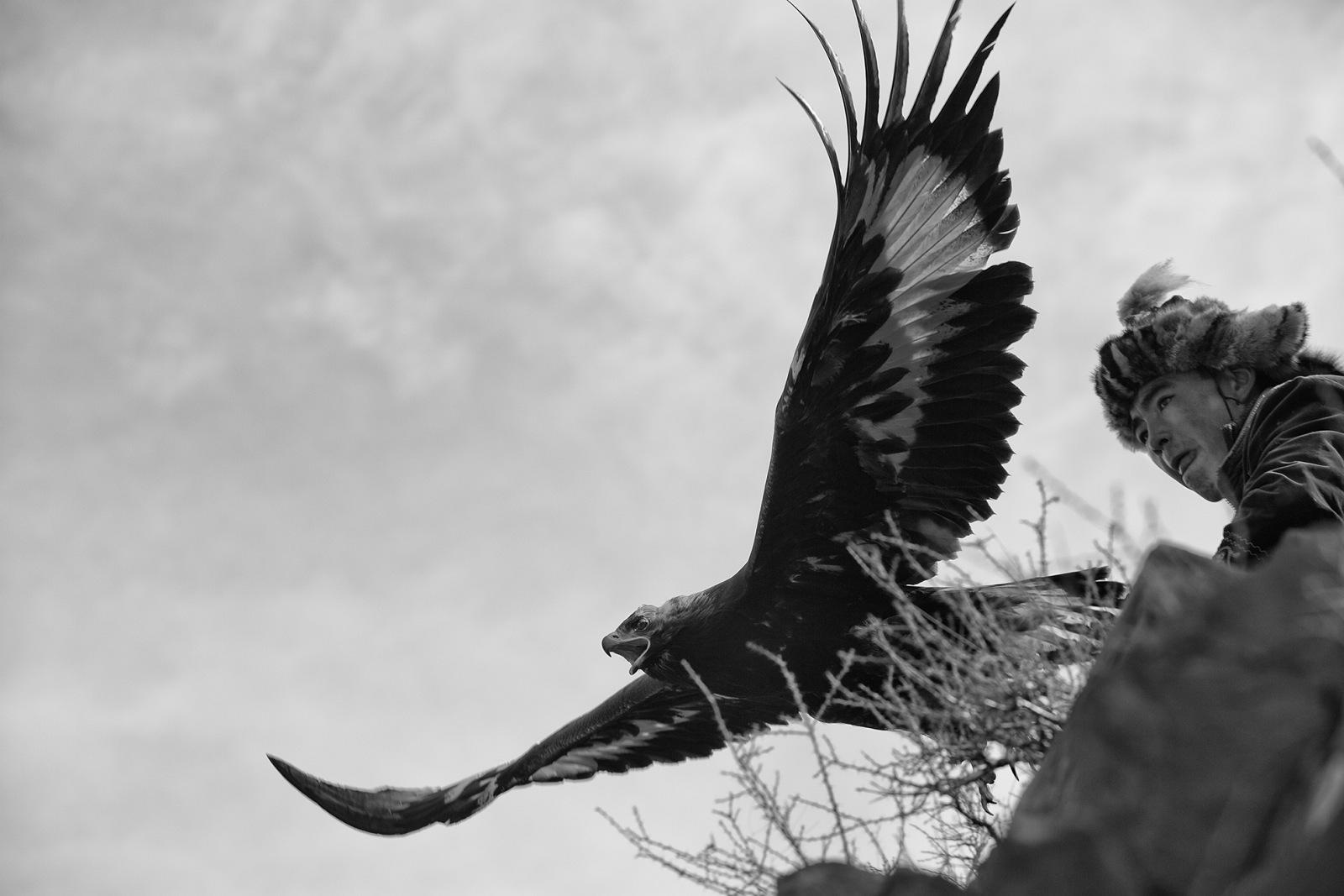
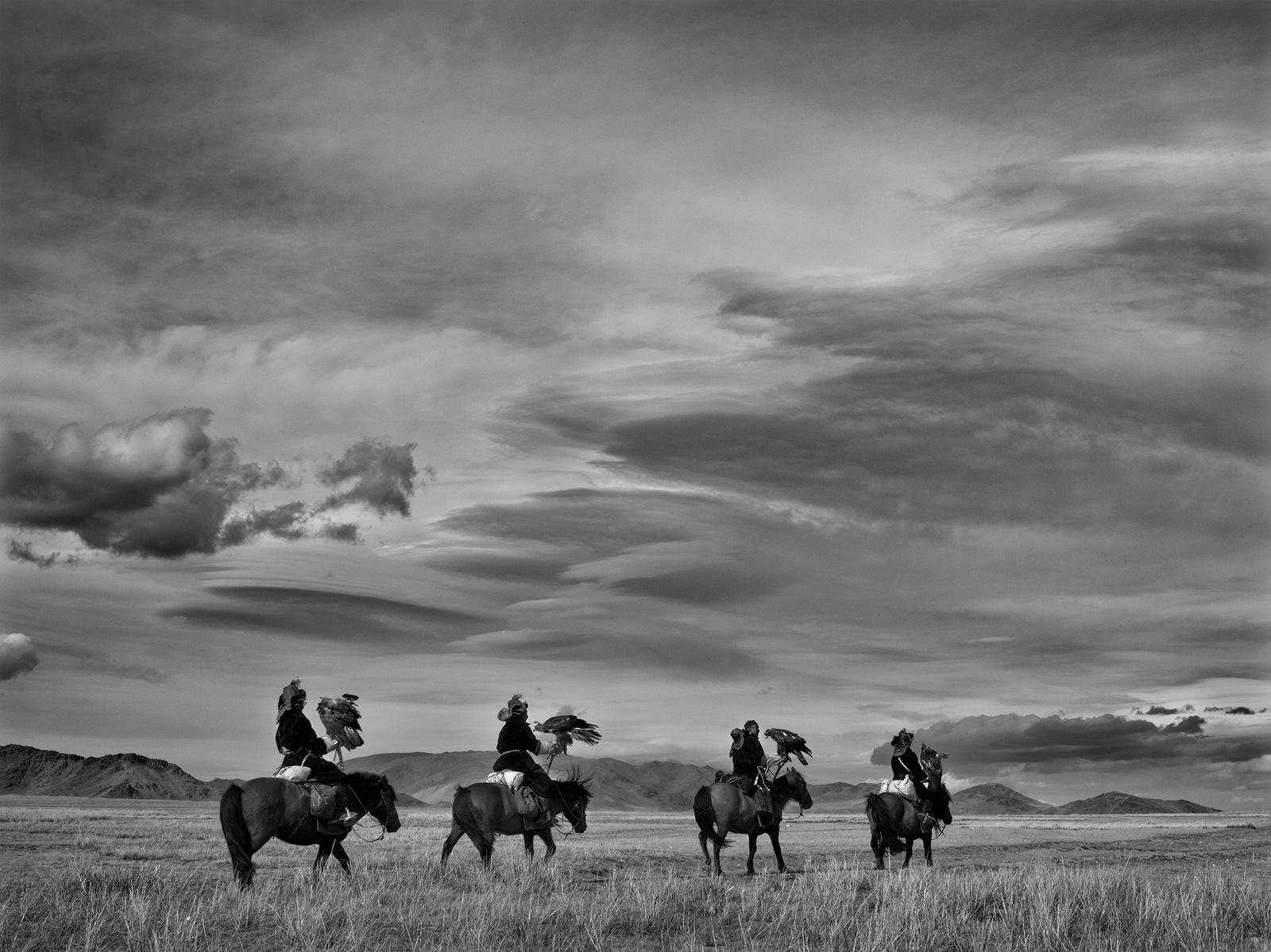

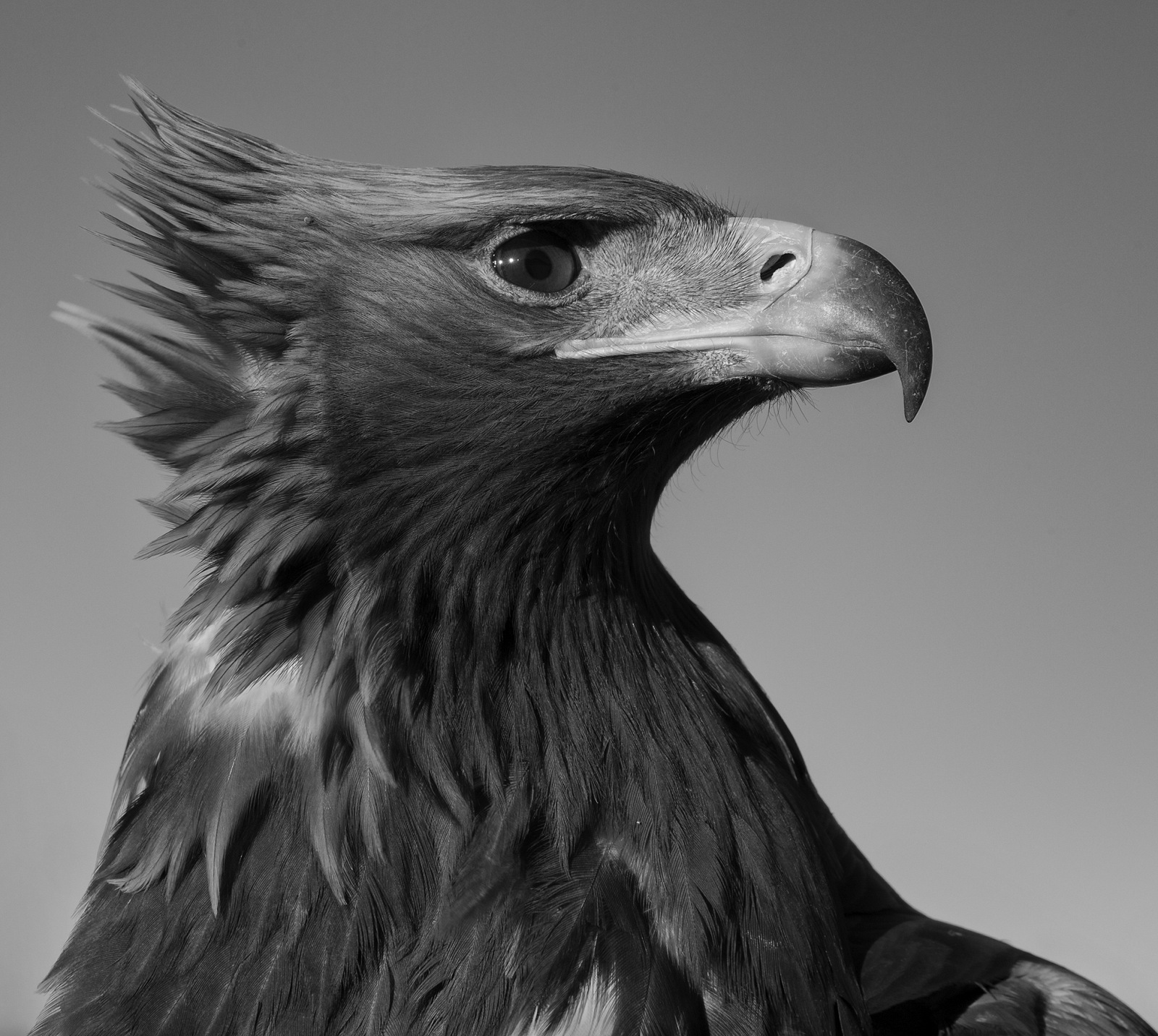
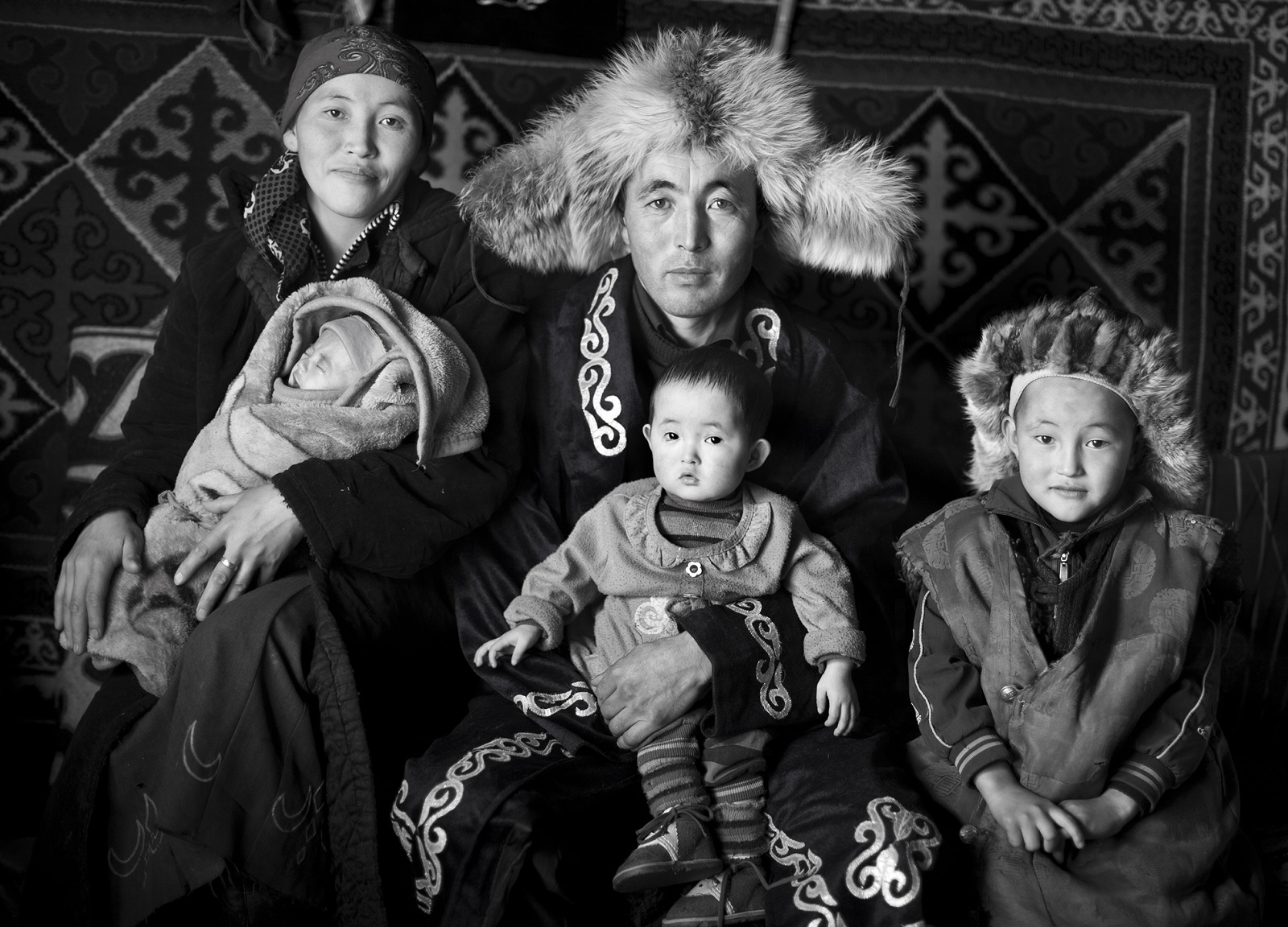
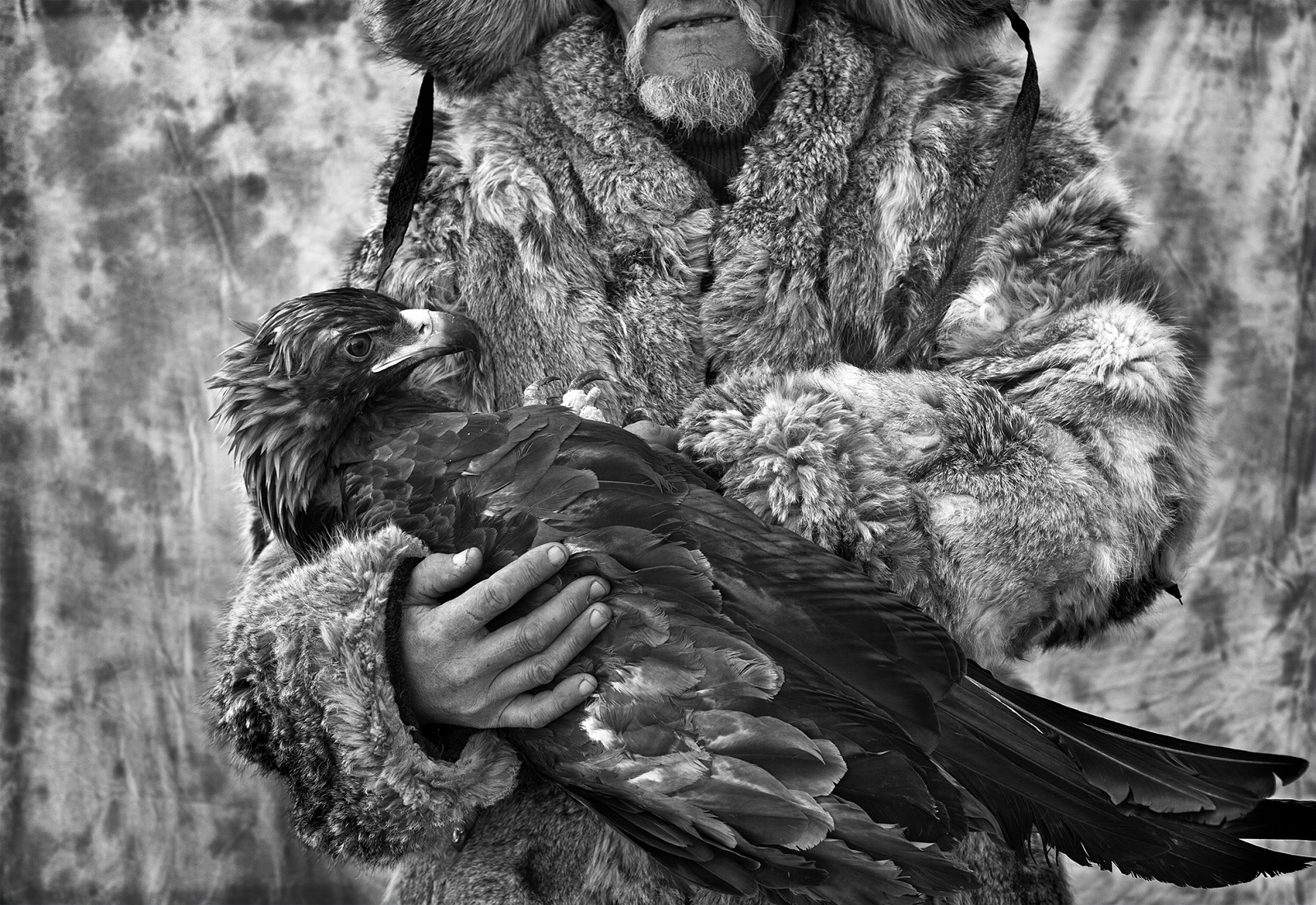

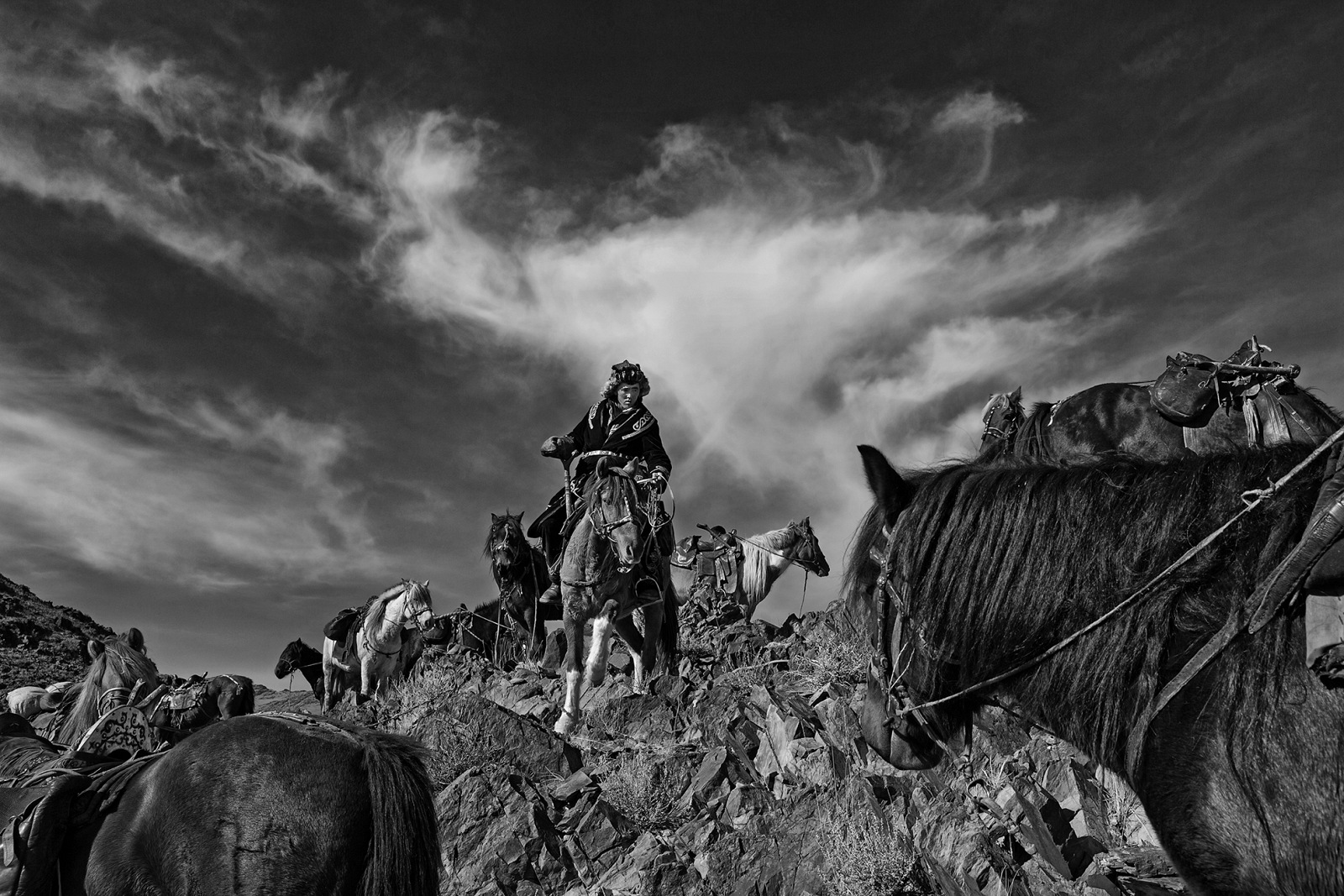



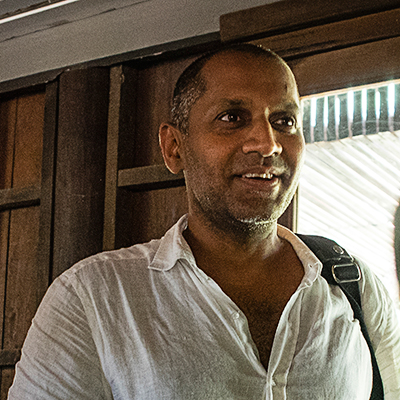 Palani Mohan - Born in India but raised in Australia, he has established his current residence in Hong Kong. His work has been published all over the world and has become part of the collection of the National Portrait Gallery in London, in addition to being presented at the Visa Pour l’Image in Perpignan. Mohan has to his credit five photographic books, the last of which is dedicated to the tradition of hunting with eagles in Mongolia. He has received numerous awards including the World Press Photo, Picture of the Year International, CHIPP, Communication Arts, and Sony International.
Palani Mohan - Born in India but raised in Australia, he has established his current residence in Hong Kong. His work has been published all over the world and has become part of the collection of the National Portrait Gallery in London, in addition to being presented at the Visa Pour l’Image in Perpignan. Mohan has to his credit five photographic books, the last of which is dedicated to the tradition of hunting with eagles in Mongolia. He has received numerous awards including the World Press Photo, Picture of the Year International, CHIPP, Communication Arts, and Sony International.